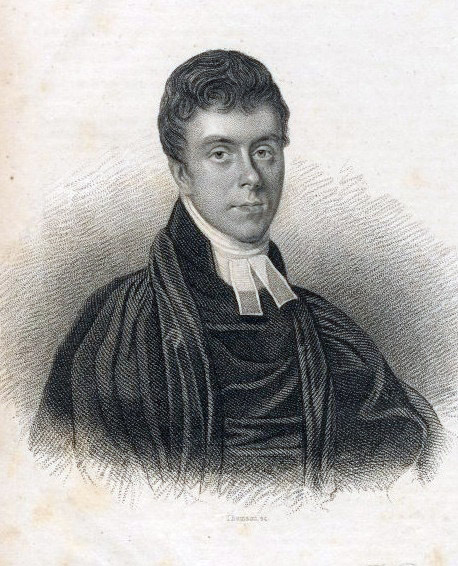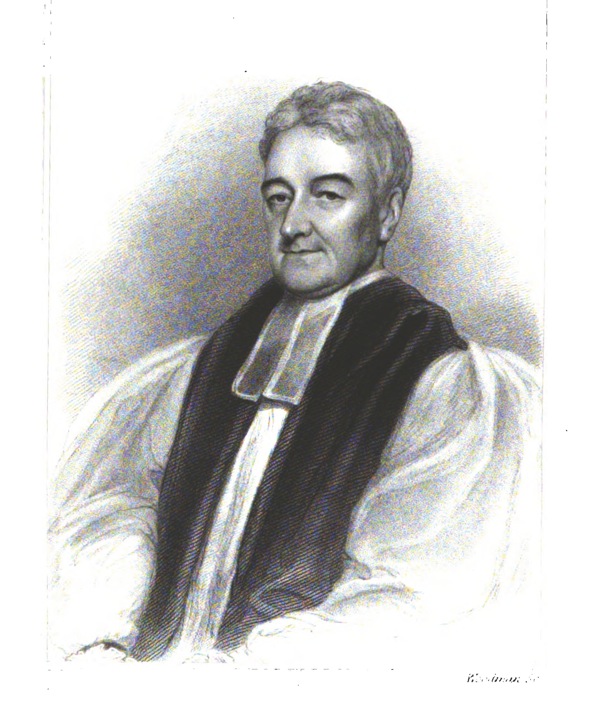Compendium of the Book of Common Prayer and Administration of the Sacraments and Other Rites and Ceremonies of the Church according to the Use of the United Church of England and Ireland, translated into the Hindoostanee Language.
London: Printed by Richard Watts for the Prayer Book and Homily Society, 1818.
Morning Prayer 1-16
Evening Prayer 17-28
Litany 29-41
Prayers 42-46
Thanksgivings 47-51
Collects, Epistles and Gospels 52-289
The Order for Holy Communion 290-304
305-315
316-325
The Order for Confirmation 325-329
330-335
The Order for the Burial of the Dead 335-346
The Catechism 346-356
William Muss Arnolt discusses this translation of the portions of the Book of Common Prayer into Hindustani in The Book of Common Prayer among the Nations of the World:
Henry Martyn, one of the most devout and noble missionaries in the annals of the Christian Church, was born at Truro, England, in 1781. He was one of the most brilliant students of St. John’s College, Cambridge, where in 1801 he graduated B.A. In 1802 he formed the resolution of devoting his life to missionary work. To this he was led by some remarks of Charles Simeon on the good done in India by William Carey, the sanctified cobbler and Baptist missionary, and the perusal of the Life of David Brainerd. His life and work as missionary and scholar are too well known to be recapitulated. He arrived in India in 1806 and died within the next few years at Tokat, Persia, October 16, 1812, on his way home to England. During the short space of four years and a half he performed more literary work of a most scholarly character than has been the good fortune of many others during a much longer period of activity. Endowed with rare linguistic talents, he speedily became fluent in the use of Hindustani. Through his translations he exerted a permanent influence. By February 24, 1807, Martyn had completed a translation of portions of the Book of Common Prayer into the vernacular, sufficient for the purpose of public worship. It was published after his death by Philip Pereira, at Calcutta, in 1814, entitled: A compendium of the Book of Common Prayer, and Administration of the Sacraments. . . . Translated into the Hindoostanee language. 169 pages, 8vo. Another edition appeared in 1818, 352 [sic] pages, 8vo. This was published in London by the Prayer Book and Homily Society. In this edition the Rev. Daniel Corrie (1777-1837), in later years bishop of Madras (1835-37), and Martyn’s most intimate friend, had a share. While Corrie was archdeacon of Calcutta (1823-35) another revision was published there in 1829, 4to.
Corrie clarified his own role in the preparation of this publication:
I will here state, that the above Compendium, which is usually ascribed to the late Rev. H. Martyn, was the fruit of my own labour fifteen years ago, and that with very inadequate help. It seems but due to that eminent scholar, that I should publicly avow this, as his translation of the New Testament, shows how inferior the Compendium of the Prayer Book is to his style, and how altogether unworthy of his fame. The Compendium however, has answered an important purpose; the want of something of the kind was so much felt by many native christians, that it was eagerly adopted by them, and its imperfections even have gained currency among them."—Memoirs of the Right Rev. Daniel Corrie, LL.D., First Bishop of Madras (London: Seeley, Burnside and Seeley, 1847, p. 470).
David Griffiths identifies this translation as No. 187:2 in The Bibliography of the Book of Common Prayer 1549-1999 (London: The British Library; New Castle, Delaware: Oak Knoll Press, 2002).
It was digitized in July 2010 by Richard Mammana from a personal copy.


